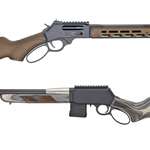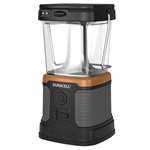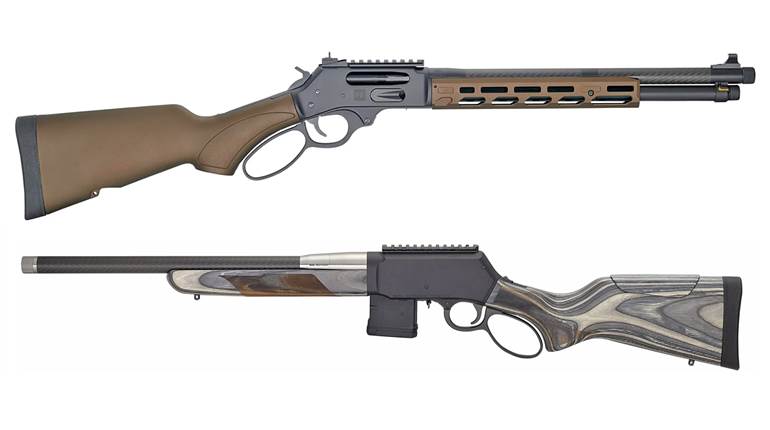
Dan Wesson was a gunmaker of the old school. He was also a great grandson of Daniel Baird Wesson, who got together with Horace Smith in 1852 to make guns. The later Wesson worked in the family business in the 40s and 50s, but left to seek other opportunities in the mid-1960s. He was not in any way associated with the great S&W gunmaking operation of the 1960s and 70s. Nevertheless, Dan Wesson developed a unique revolver system and put it into production under his name-Dan Wesson Firearms. Initially, the product was a medium-frame DA/SA .357 Mag. revolver, which evolved into a wide variety of similarly styled revolvers in many sizes and calibers.
The main distinguishing feature of the Dan Wesson revolvers was a system of interchangeable barrels. In modern times, no maker offered that feature. It was possible to change a long, 6-barreled .357 to a concealable snubby or one of several other options. Naturally, the maker capitalized on this feature with so-called “Pistol Pacs” with several different barrel assemblies sold with a single frame and cylinder. Since the butt was a single block of hardwood, it was easily changed from a target stock to a round-butt compact. The necessary tools came with the gun and yes, it was a remarkably versatile gun. Unfortunately, most handgunners of the day looked at the DWs with interest and went on to buy something a lot more familiar.
A bright spot appeared when IHMSA shooting burst on the handgunning scene in the late 1970s. This sport required the shooter to engage steel animal targets at as much as 200 meters. Very accurate wheelguns were needed for the sport’s revolver class. Although the means of producing that accuracy was often misunderstood, Dan Wesson revolvers could shoot with its competitors any day.
Now the Dan Wesson interchangeable system basically worked as a three-piece arrangement of barrel, barrel nut and barrel shroud. The shooter took the receiver in hand, with no part of the assembly in place-just the plain frame and cylinder. He then screwed the barrel into its hole in the front of the frame and used a shim gauge to tighten it against the face of the cylinder. Using a different gauge allowed him to adjust the gap between the rear of the barrel and cylinder. Next, he slid a barrel shroud over the barrel and made sure it was properly fitted to a locator pin in the front face of the frame. The barrel shroud had a long cylindrical hole to fit over the barrel. The outer surfaces of the barrel shroud gave the gun its distinctive contour of top rib, under lug and front-sight base. The final step was to screw the barrel nut onto the front end of the barrel and tighten it in place.
Many writers explained that the tightened nut compressed the barrel into the barrel shroud. This is not true. The nut goes onto the barrel and the rear edge of the nut engages a shoulder in the barrel shroud. In effect, this pulled the barrel forward, thereby putting the barrel in traction. This action served to regulate vibrations in the barrel and increase accuracy. Most of the patents on this system are in the name of Karl Lewis, a company principal.



















![Auto[47]](/media/121jogez/auto-47.jpg?anchor=center&mode=crop&width=770&height=430&rnd=134090788010670000&quality=60)
![Auto[47]](/media/121jogez/auto-47.jpg?anchor=center&mode=crop&width=150&height=150&rnd=134090788010670000&quality=60)
















